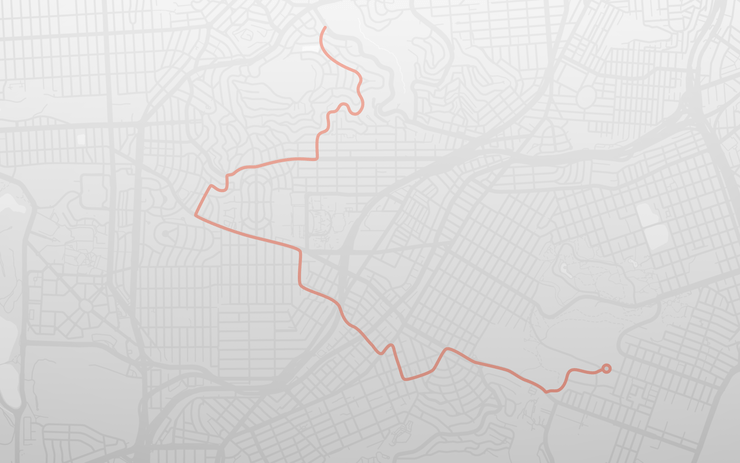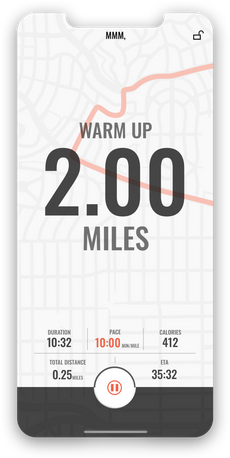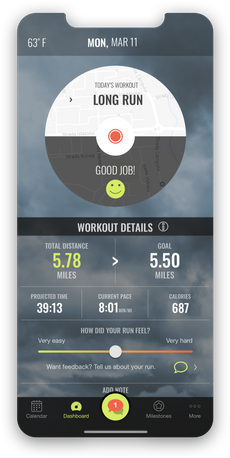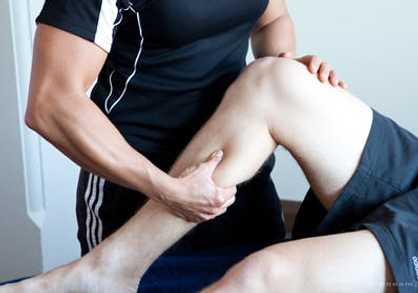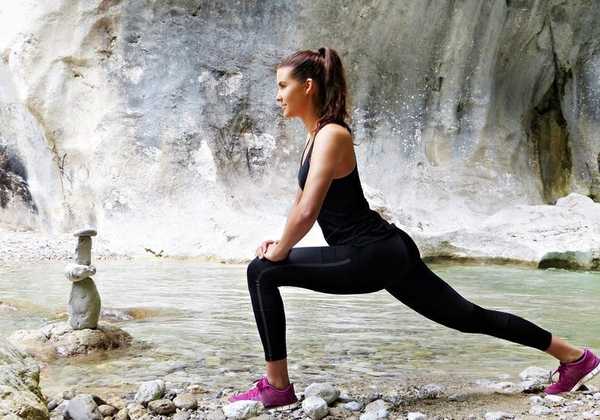Want to run a great race? Nail your pace.
January 3rd 2020
by Matt Forsman a.k.a. Marathon MattShot by Ludo Rouchy licensed under CC by 2.0
Pacing properly is huge. If you don't have a handle on your pacing, your daily runs can be drudgery. The euphoric 'runner's high' will almost never materialize. Most importantly, not having a handle on your pacing can result in a disappointing experience on race day.
Figuring out your pacing requires a little work. But, if you want to nail your goal time on race day or simply enjoy running more, it's worth it to do the 'legwork'. Read on if you need some help dialing in your pacing.
Which are the main running pace types?
Comfortable/conversational pace
Comfortable/conversational pace is the pace at which you should be doing most of your runs. Even elite level runners do most of their runs at comfortable/conversational pace.
Figuring out this pace is relatively easy. If you can comfortably carry a conversation with someone while you're running, you've identified comfortable/conversational pace. This pace should not feel taxing. It should feel as though you can maintain this pace for miles without getting fatigued.
Tempo pace
I'd generally characterize tempo pace as 10K race pace. This pace is more aggressive than comfortable/conversational pace, but it's not an all out sprint.
You might be able to get out a few words, but you certainly can't have a conversation comfortably with anyone while running at this speed. This pace should generally align with the fastest pace you can maintain for a 10K (or maybe a half marathon) assuming optimal conditions.
Fartlek
Fartlek pace is akin to 5K race pace. It's not a sprint, but it's a markedly aggressive pace. It's certainly faster than tempo pace. Think of it as 85-90% of your 'sprint' pace. It's a pace you'd be able to maintain for 3.1 miles, but that's about it.
Track Run pace
This pace 'generally' aligns with fartlek/5K race pace. This being said, the pace will vary a bit depending upon the length of the track intervals you're running (200M, 400M, 800M, etc). If you're unclear about how to execute for your track runs, click here.
Race pace
Race pace is going to be different depending upon the distance you're running. Your 5K race pace is likely going to be MUCH faster than your race pace for a marathon.
But, the general idea is this pace is the 'maximum' pace you can reasonably maintain for the particular distance. If you can cover 65-85% of the distance at this pace with some degree of comfort, it's 'likely' you've identified your race pace for the particular distance you're training for.
Much of the above can be identified to a certain extent by 'feel', but these pace ranges (and more) can be derived by one or more key data points. Specifically, they can be derived by a recent race time or simply going to a track and doing a one/two mile 'time trial'.
Let's assume you have a marathon personal best of 4:00. Here's (generally) what your pacing should look like..
Short/Medium Runs
9:04-10:01/mile. This pace should 'generally' feel comfortable/conversational.
Long Runs
9:05-10:25/mile. This pace should 'generally' feel comfortable/conversational.
Tempo Runs
8:00-8:09/mile. This pace should generally align with the fastest pace you can maintain for a 10K (or maybe a half marathon) assuming optimal conditions.
Fartlek pace
7:56/mile for Fartlek (aka-5K race pace).
Track Run pace
(:44-:49)-200M
(1:44-1:50)-400M
(3:37-3:48)-800M
(5:36-5:57)-1200M
(7:48-7:59)-1600M
Race pace
Again, race pace will be different depending upon the distance. But, assuming a 4:00 marathon personal best, here's a general breakdown of race pace for a variety of distances:
(7:56/mile)-5K race pace
(8:14/mile)-10K race pace
(8:42/mile)-Half Marathon race pace
(9:10/mile)-Marathon race pace
Hopefully, the above gives you a better sense of how to dial in your pacing throughout your training cycle.
Ultimately, it is during your training cycle that you should get a better sense of what kind of pace you 'should' be able to maintain on race day.
If you can nail your pace, you've got a good shot at a great race.

